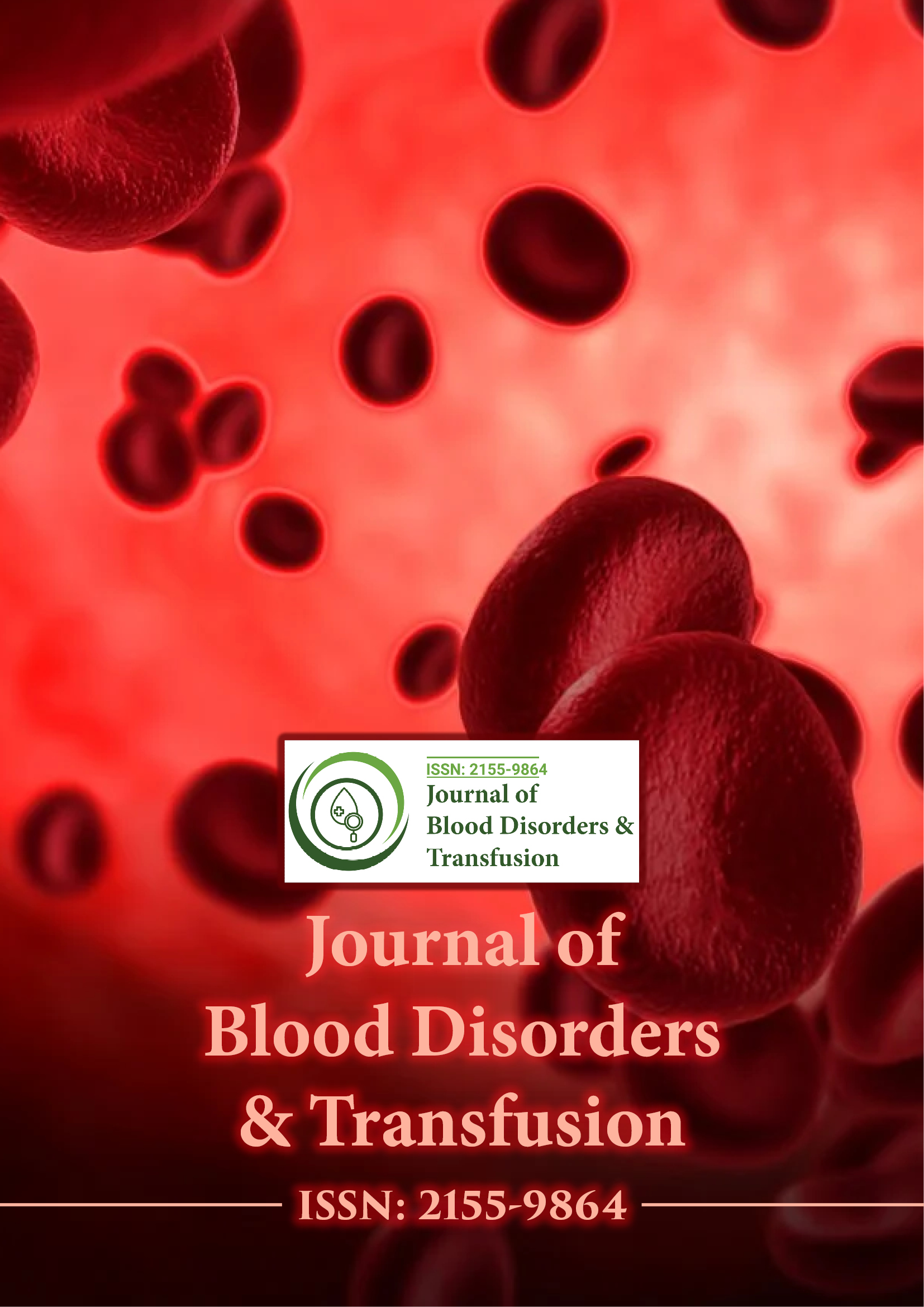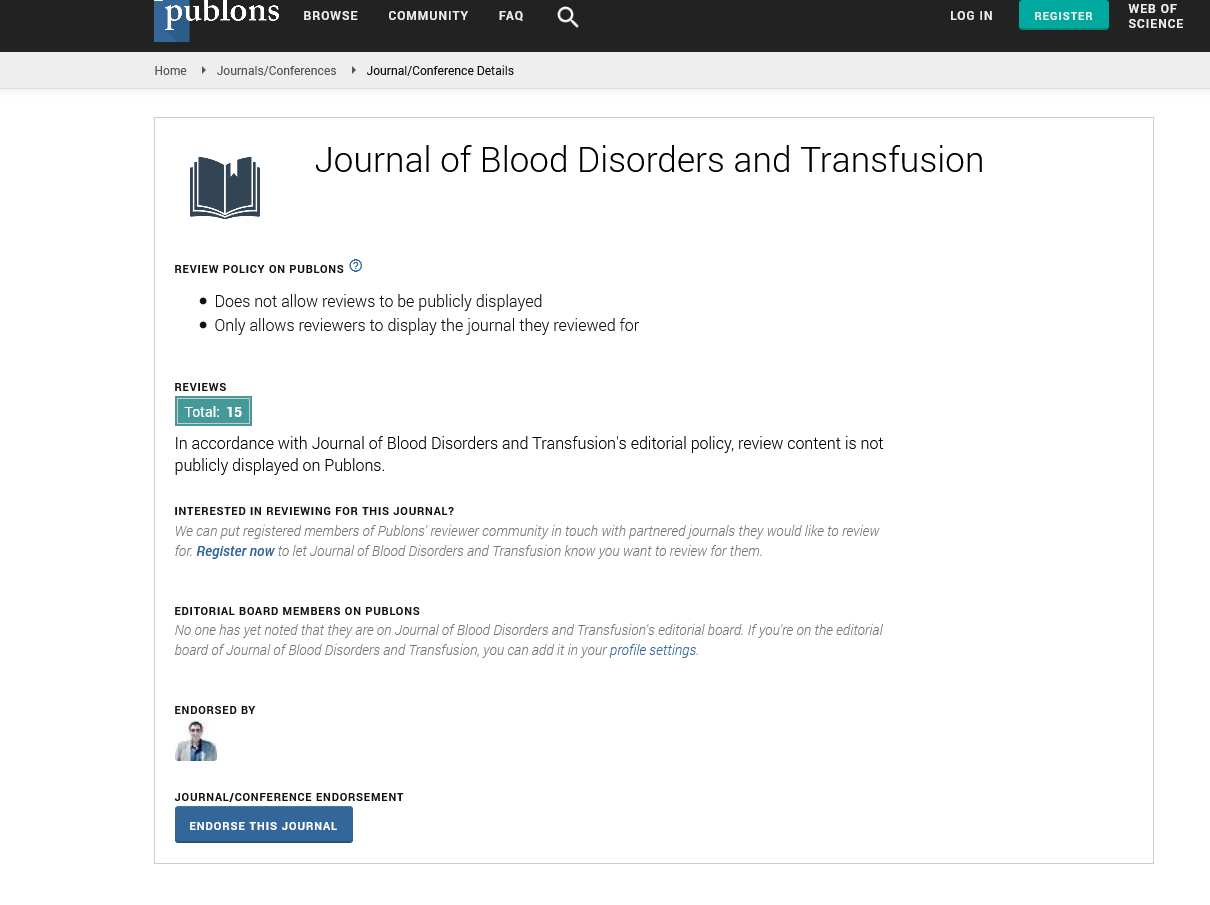PMC/PubMed Indexed Articles
Indexed In
- Open J Gate
- Genamics JournalSeek
- JournalTOCs
- Ulrich's Periodicals Directory
- RefSeek
- Hamdard University
- EBSCO A-Z
- OCLC- WorldCat
- Proquest Summons
- Publons
- Geneva Foundation for Medical Education and Research
- Euro Pub
- Google Scholar
Useful Links
Share This Page
Journal Flyer

Open Access Journals
- Agri and Aquaculture
- Biochemistry
- Bioinformatics & Systems Biology
- Business & Management
- Chemistry
- Clinical Sciences
- Engineering
- Food & Nutrition
- General Science
- Genetics & Molecular Biology
- Immunology & Microbiology
- Medical Sciences
- Neuroscience & Psychology
- Nursing & Health Care
- Pharmaceutical Sciences
Sickle cell disease pain management in adolescents: A literature review
2nd International Conference on Hematology & Blood Disorders
September 29-October 01, 2014 DoubleTree by Hilton Baltimore-BWI Airport, USA
Bridget H Wilson
Scientific Tracks Abstracts: J Blood Disorders Transf
Abstract:
M alaria is a major cause of morbidity and mortality in young children in sub-SaharanAfrica. Severe anemia is highly prevalent complications of Plasmodium falciparummalaria among children. During their blood stages of infection, Plasmodium falciparum causes anemia.Severe malarial anemia is usually due to increased removal of circulating erythrocytes as well as decreased production of erythrocytes in the bone marrow.Severe anemia has also been associated with respiratory distress secondary to lactic acidosis and hypoxia. This metabolic disturbance may further depress the level of consciousness leading to coma at presentation. Urgent laboratory investigation to estimate haemogloblin levels and subsequent blood transfusion as well as administration of intravenous antimalarial drugs are necessary in children presenting with severe malarial anemia. In this case study we report a four years old child who had severe malarial anemia. The child was brought in comatose state with estimated haemogloblin of 4.2 g/dl and Rapid Diagnostic Test (RDT) positive. Intravenous quinine 400 loading dose in dextrose was first given, then blood transfusion 24 hours later. The child?s level of consciousness improvedsignificantly shortly after blood transfusion. It is therefore concluded that severe anemia in children with malaria leads to coma.
Biography :
Edwin Chansa has completed his Diploma in Clinical Medicine 5 years from Chainama College of Health Science and currently studying Bachelor of Science in Public Health with University of Lusaka (UNILUS). He was an in charge of Out-Patient department at Mpongwe Mission Hospital in Zambia. He has published one paper in reputed journals.

